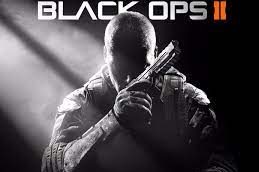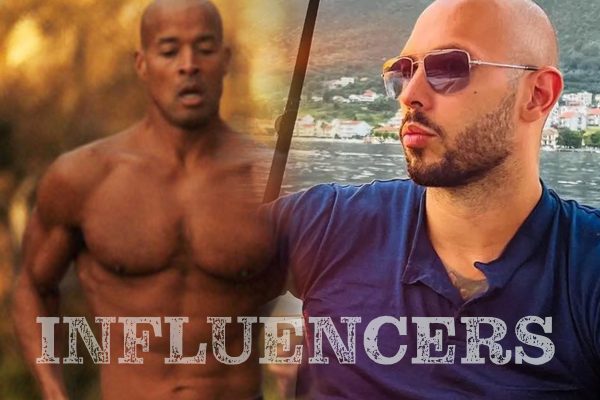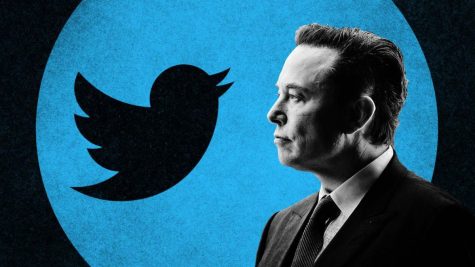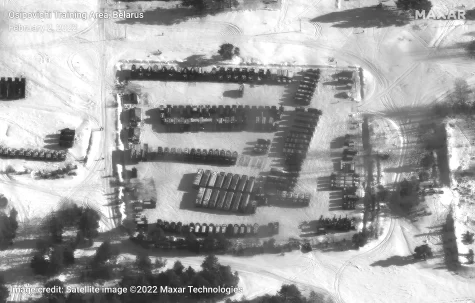Journalists risk lives for the truth
When people think of dangerous occupations, they tend to think of soldiers, construction workers, fire fighters, police officers, and coal miners amongst others. As dangerous as those jobs are, there is another occupation that can be just as hazardous to one’s health. That job is journalism.
In the United States, where freedom of speech and freedom of the press are protected, journalism is thought of as a safe and secure job. In the U.S., no one hears of police beating and arresting journalists, and journalists never mysteriously “disappear.” Unfortunately, in many countries, reality is the exact opposite.
In authoritarian countries such as Iran, Cuba, Belarus, Turkmenistan, and Syria, just being a journalist can get you beaten and thrown in prison as a dissident. In the worst case, you can even wind up dead.
Former Quill writer Jonathan Reiter said, “Many governments try to keep things hush hush and the job of a journalist is to get the truth and report it. I do not believe they are a threat to our government, but they do pose a threat to a degree overseas.”
British journalist and novelist George Orwell once said, “In a time of universal deceit, telling the truth becomes a revolutionary act.”
In countries with notoriously oppressive governments, journalists who tell the truth about the government are often considered “revolutionary” and they pay a price for speaking out.
U.S. Government teacher Mr. Gergen explained, “They do not want the ‘Light of Journalism’ shed on their actions! To preserve their power, certain actions must be hidden from their own people and the world at large. They are doing what is necessary to ‘get, increase, and keep’ their power as Machiavelli said.”
Former Quill writer and UC student Kevin Laiveling said, “Journalists absolutely pose a threat to governments. There are always things that governments would like to keep from the public, but with the rise of journalism and social media it is becoming increasingly harder to keep information away from the public. It takes one “leak” of information to ignite backlash because of how fast news spreads.”
A recent example of how hazardous journalism can be is in Syria. In 2001, the Syrian government passed the Press Law, which gave the state even wider control over media and forbade reporting on topics deemed “sensitive” by the government. Violation of the Press Law could result in one to three years in prison and a $10,000-$20,000 fine.
After the Syrian Civil War started in 2011, the Syrian state tightened control of the press even more. In 2012, the Committee to Protect Journalists reported that 28 journalists were killed in Syria by both the government and opposition.
In the summer of 2014, two American journalists, James Foley and Steven Sotloff, paid the ultimate price for reporting. Both kidnapped by the Islamic jihadist group ISIS in Syria, Foley and Sotloff were brutally beheaded on video by a masked ISIS terrorist. In April of 2014, Soviet-born American journalist Simon Ostrovsky was kidnapped by rebels and held for four days in Sloviansk in eastern Ukraine while covering the unrest there. Fortunately, Ostrovsky survived.

The deaths of Steven Sotloff and James Foley and the kidnapping of Simon Ostrovsky highlight the danger that hundreds of journalists all over the world face every day. In the pursuit of the truth, journalists face imprisonment, fines, torture, and even death. It is because of those perils that journalism is one of the world’s most dangerous jobs.

This is my second year writing for The Purple Quill. As a junior, I was the News Editor and I am currently Co-Editor of the print edition of the Quill....


















